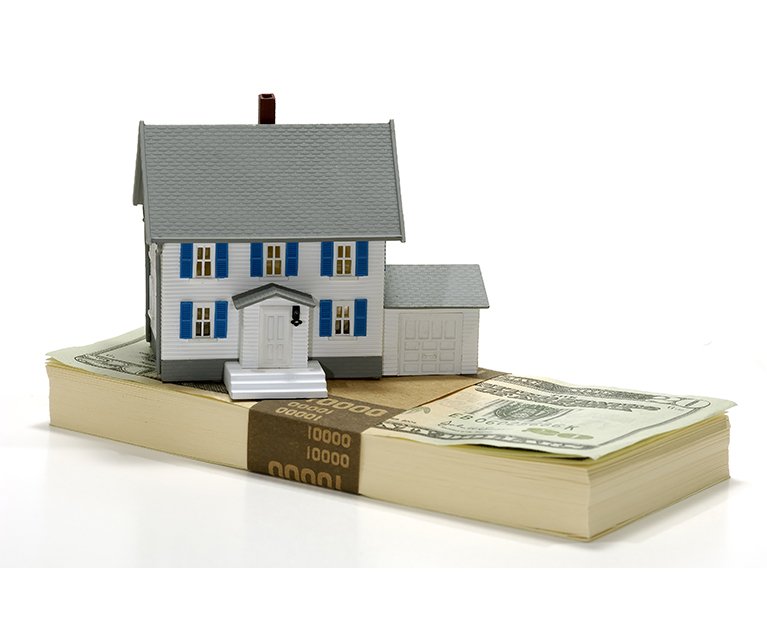 For policyholders seeking lower premiums or with the means to come out of pocket to cover a loss, ACV might be the way to go. However, Forbes Advisor found that the average home insurance costs increased by 8% when adding replacement cost coverage to a policy. Credit: Bigstock
For policyholders seeking lower premiums or with the means to come out of pocket to cover a loss, ACV might be the way to go. However, Forbes Advisor found that the average home insurance costs increased by 8% when adding replacement cost coverage to a policy. Credit: Bigstock
Editor's note: This column is part of PropertyCasualty360's Foundations of P&C Insurance series, which aims to bring new insurance professionals up to speed, while keeping industry veterans sharp. On Fridays, PC360 will offer up fresh content covering the nitty-gritty details of P&C insurance, tips for professional development, articles looking at the industry's more niche concepts, and the history of certain lines and programs.
Recommended For You
Want to continue reading?
Become a Free PropertyCasualty360 Digital Reader
Your access to unlimited PropertyCasualty360 content isn’t changing.
Once you are an ALM digital member, you’ll receive:
- Breaking insurance news and analysis, on-site and via our newsletters and custom alerts
- Weekly Insurance Speak podcast featuring exclusive interviews with industry leaders
- Educational webcasts, white papers, and ebooks from industry thought leaders
- Critical converage of the employee benefits and financial advisory markets on our other ALM sites, BenefitsPRO and ThinkAdvisor
Already have an account? Sign In Now
© Touchpoint Markets, All Rights Reserved. Request academic re-use from www.copyright.com. All other uses, submit a request to [email protected]. For more inforrmation visit Asset & Logo Licensing.







